Introduction
In quiet bedrooms, in peripheral glimpses, in the uneasy seconds before sleep—there exists a growing body of reports about strange humanoid figures cloaked in darkness: Shadow People. Often described as fleeting, black silhouettes, sometimes with red eyes or towering presence, these entities have haunted the edges of vision and human understanding for decades.
Are Shadow People supernatural beings? A collective hallucination? A glitch in consciousness or time? This article takes a critical yet open-minded look at the phenomenon, balancing eyewitness testimonies with scientific theory, historical records, and psychological insights.
Defining Shadow People: What Are Witnesses Seeing?
While definitions vary, the term “Shadow People” typically refers to:
- Dark, humanoid silhouettes, often lacking features
- Frequently seen in peripheral vision
- Often observed at night, during sleep paralysis, or in liminal states
- Sometimes described as malevolent or inducing intense fear
- May appear static, walking, or even darting quickly
They are distinct from ghosts or spirits in that they appear more opaque, three-dimensional, and often without visible intention—as though observing, not interacting.
“I woke up and saw a figure at the foot of my bed. It was darker than the room, human-shaped, and unmoving. I couldn’t move or scream. It just watched.”
— Anonymous witness, Missouri, 2021
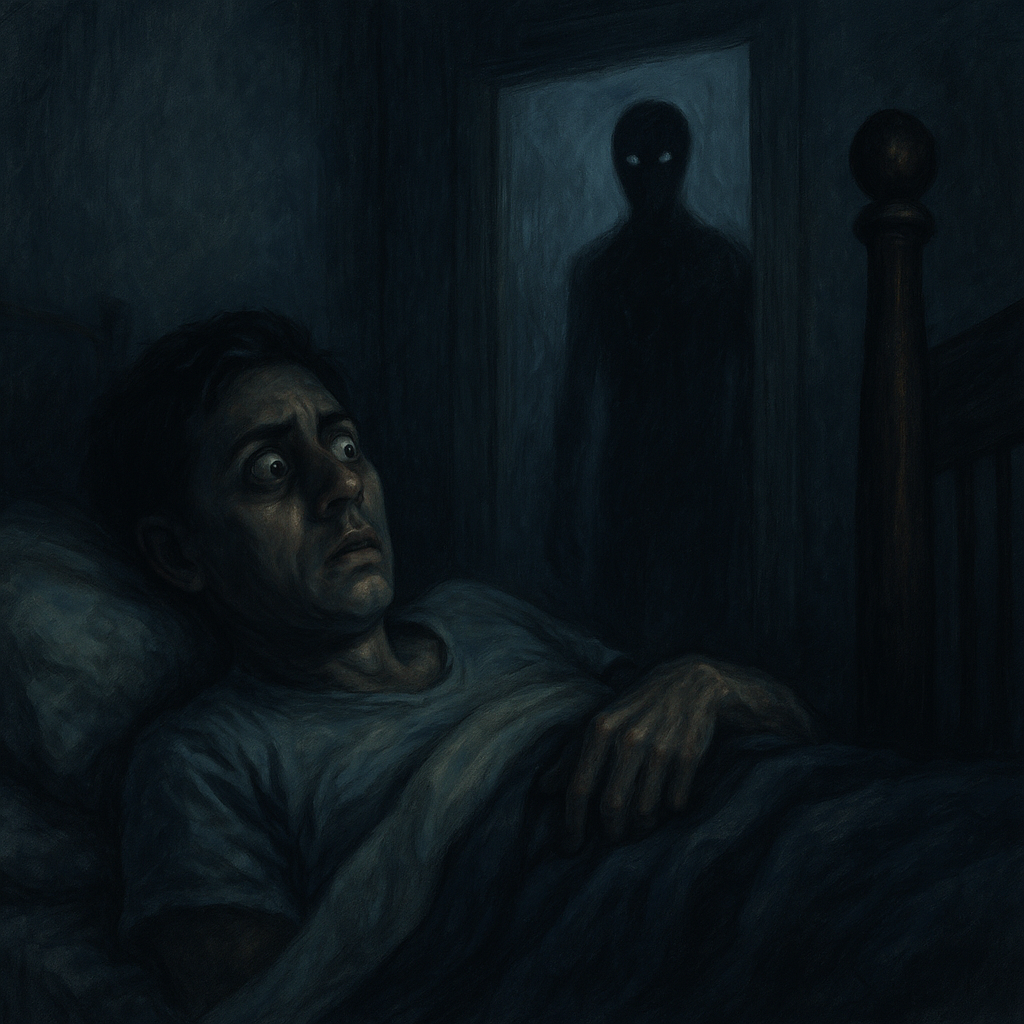
Historical References: Are They a Modern Invention?
Despite modern popularity, reports of Shadow People—or beings like them—stretch far back into history:
- Ancient Egypt: Stories of shadow souls or “Khaibit,” dark spiritual doubles
- Medieval Europe: “Dark watchers” in folklore, standing silently in forests
- Islamic lore: Mentions of shadowy djinn that lurk at the edges of human vision
- Native American beliefs: Entities that move “between worlds” during twilight
What’s fascinating is that many of these accounts share key traits: a dark, often humanoid presence associated with fear, liminality, or the supernatural.
This suggests Shadow People may not be new—but rather, newly named and globally popularized through shared media and forums.
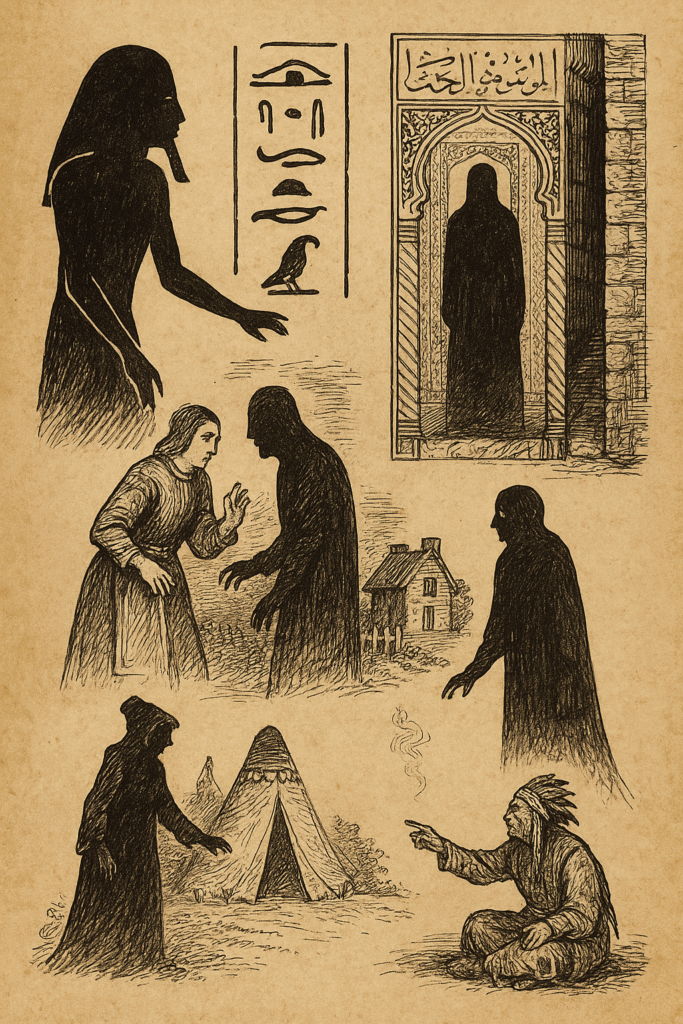
Shadow People and Sleep Paralysis: A Scientific Link?
One of the most common contexts for Shadow People sightings is sleep paralysis, a condition where the body is temporarily immobilized during REM sleep while the brain is semi-conscious.
According to studies, over 8% of the global population experiences sleep paralysis, and among them, a large percentage report hallucinations of a “presence” in the room.
Common features during sleep paralysis include:
- A feeling of pressure on the chest
- Sensation of being watched
- Hallucinated figures (often dark or faceless)
- Feeling of impending doom
Neurologically, this is often attributed to a misfiring of REM atonia mechanisms in the brain.
“The Shadow People are a byproduct of a semi-lucid REM state… they may be real to the brain, but not in the world.”
— Dr. Christopher French, Goldsmiths, University of London
Still, many experiencers insist their sightings felt external—not dreamlike or imagined.
The Interdimensional Theory
Beyond psychology and neurology, a popular fringe explanation is the Interdimensional Hypothesis.
This theory suggests that:
- Shadow People are beings from another dimension
- They can sometimes “bleed through” into our reality
- Their fleeting appearance and vague form are due to incompatibility with our physical laws
This overlaps with theories surrounding UFOs, time slips, and the Mandela Effect—suggesting a multiverse or layered universe in which shadow entities might exist outside our normal perception.
One variant even claims Shadow People are “watchers” or scouts, gathering data or observing us from beyond.
“They’re not ghosts. They’re something else entirely—something studying us.”
— Reddit user “dimensight”, post dated Feb 2023
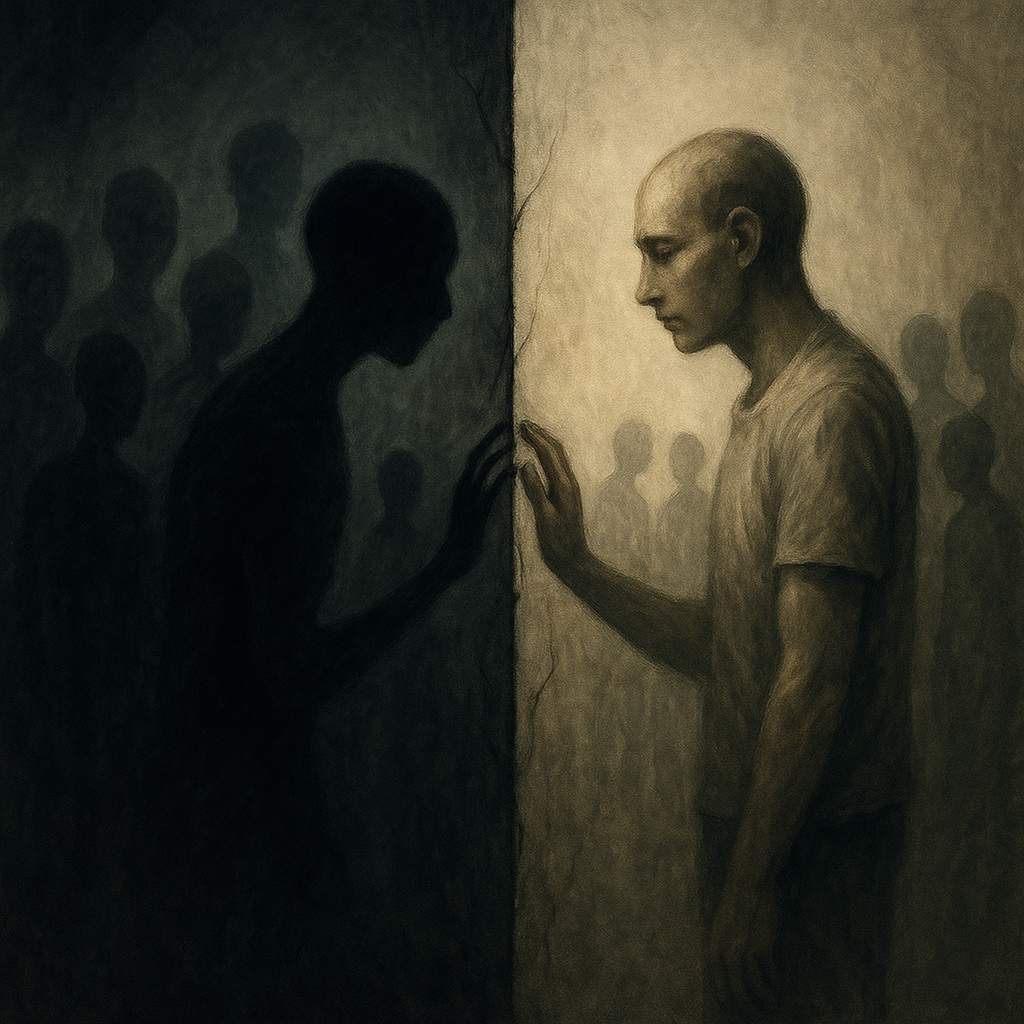
The Role of Trauma and Cultural Amplification
Some skeptics argue the rise in Shadow People encounters—especially online—could be due to mass suggestion or psychological projection.
Psychologists suggest:
- Shadow People are a manifestation of internal fears (particularly childhood trauma)
- They represent the “unknown other”—a symbol of threat and vulnerability
- Forums and YouTube channels may create a feedback loop, reinforcing belief and fear
In other words, the more you think about them, the more likely your brain is to conjure one during a vulnerable moment.
Still, there are cases where multiple witnesses (fully awake) report the same shadow figure, including shared hallucinations or “group sightings.”
Documented Encounters
Here are three chilling examples reported by credible sources:
The Hat Man
A subclass of Shadow People, described as a tall figure with a wide-brimmed hat. He appears during traumatic periods and has been reported across multiple continents.
“I saw him when I was 9. He stood in the doorway with a hat. My mom said she saw him too, years later.”
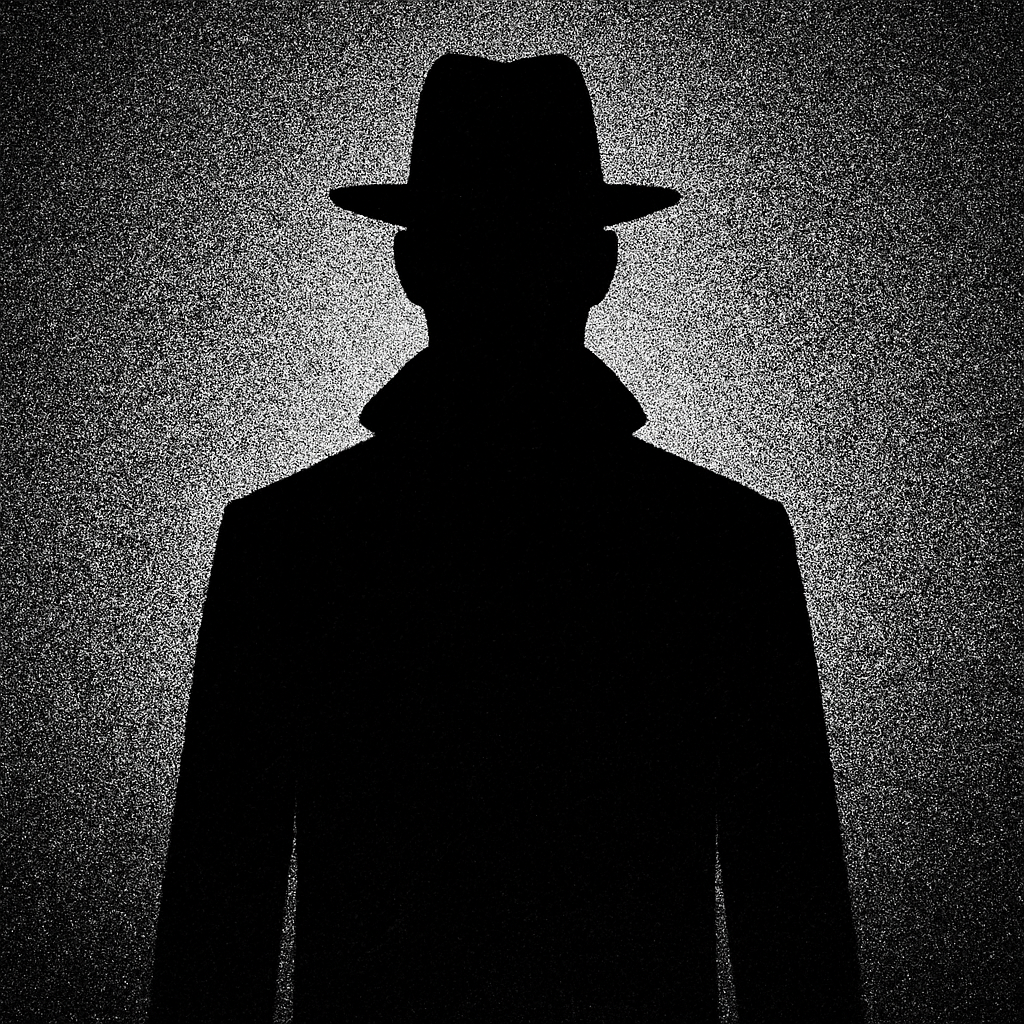
The Corridor Watcher
A security guard in Chicago reported seeing a humanoid figure standing at the end of a hallway on multiple nights. Surveillance footage failed to show anything.
Sleep Study Interruption
In 2017, a patient undergoing sleep monitoring in Toronto awoke screaming, claiming a shadow figure stood beside him. The medical team confirmed a spike in heart rate and stress, but no figure was captured on camera.
Shadow People in Pop Culture
Movies, books, and games have embraced this eerie archetype:
- TV: “Paranormal Witness” and “Unsolved Mysteries” episodes feature accounts
- Books: The Shadow People by John A. Keel explores real reports
- Games: In Alan Wake and Control, shadow entities play central roles
- YouTube/Reddit: Hundreds of first-person encounters are archived and dramatized
These depictions reinforce the cultural mythos of Shadow People, shaping how they’re perceived and potentially how they manifest.
Conclusion: Phenomenon or Projection?
So, are Shadow People:
- Neurological glitches during REM transitions?
- Manifestations of fear, stress, or trauma?
- Entities crossing over from a parallel dimension?
- Cultural constructs amplified by media and belief?
The answer may be all of the above, or something entirely unconsidered. What remains clear is that the emotional intensity, consistency across cultures, and the power of these experiences make Shadow People one of the most compelling paranormal puzzles of our time.

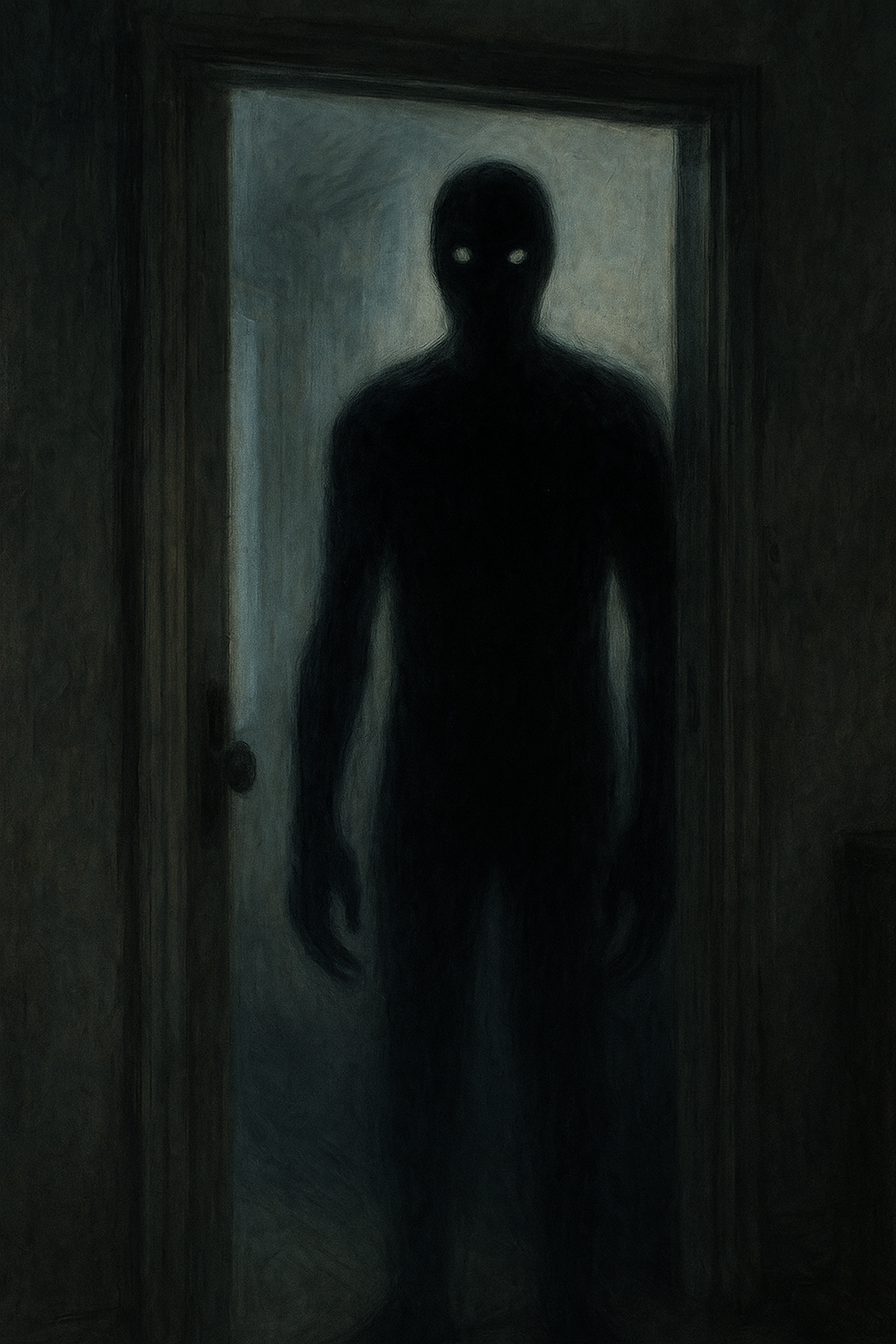
Leave a Reply